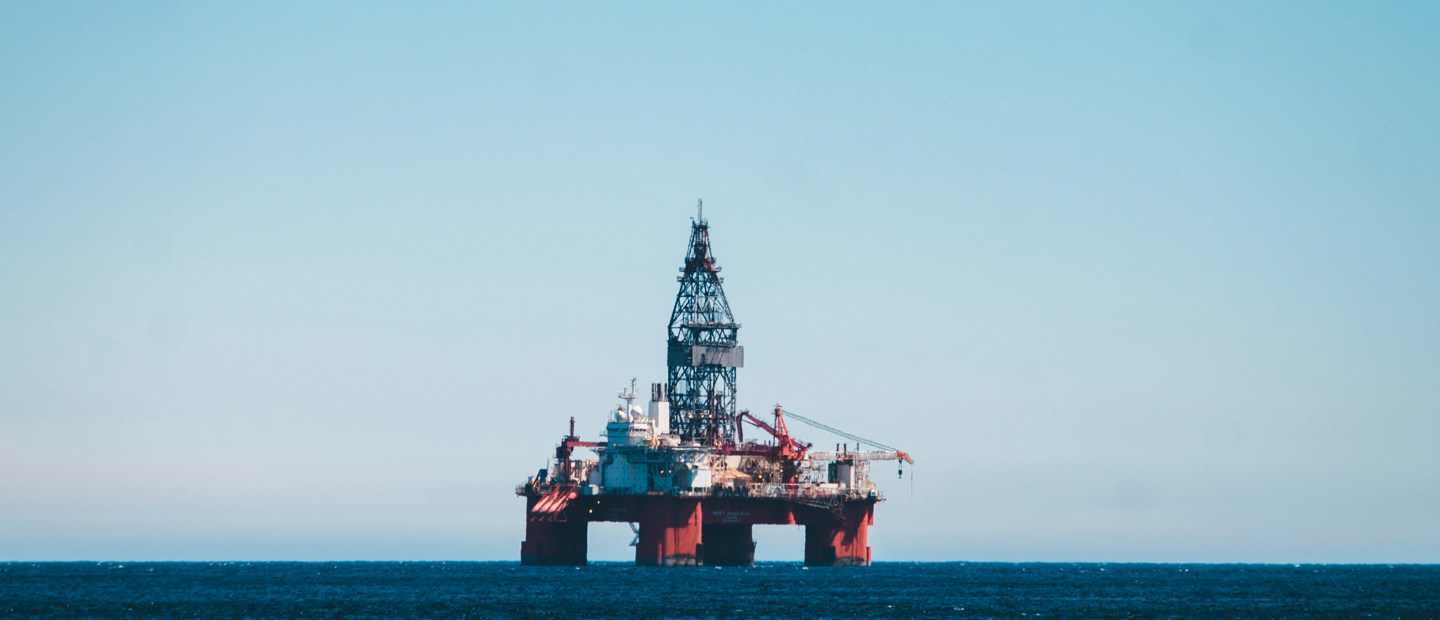
In oil and gas nothing stays still. Prices swing, tech leaps, politics intrudes and public opinion shifts overnight. The only constant is the cycle. High prices spark growth, low prices slam the brakes and every turn changes the way deals are struck. Today we are in the middle ground, not boom, not bust, a test of who can negotiate smart, find value beyond price and build partnerships that outlast the next market shift.
If you’ve been around oil and gas for any length of time, you already know, it never just sits still. One minute you’re talking about cable-tool rigs, the next it’s smart wells and ESG scorecards. The rules shift, the tech leaps forward and public opinion swings like a gate in the wind. But one thing hasn’t changed: those price swings that ripple through every corner of the business.
The oil patch has long been known for its extremes. When prices are high, capital flows freely and projects expand rapidly. When they fall, spending tightens almost overnight, with budgets reduced to the bare essentials. Industry veterans recognize this familiar pattern, not as an exaggeration, but as a defining characteristic of the sector.
COVID was one of those once-in-a-lifetime gut punches. Oil went negative, budgets were gutted overnight, and more than a few valued partner letters rolled in saying the same thing, "We love working with you, but we need you to cut prices if either of us is going to make it." Prices came down, wages followed, bonuses disappeared and a lot of good people left the industry.
Then prices climbed again, tight supply, roaring demand, and the war in Ukraine all played their part. For a while, it looked like we were heading back into the good times. But here in August 2025, the tone has shifted. Brent’s hovering around $66–$67, WTI at $63–$64, down from $70-plus just a few weeks ago. It’s not a crash, but the EIA is already hinting we could see $59 by the end of the year. Goldman is even predicting low $50s in 2026 if supply stays ahead of demand.
Part of the softening is coming from OPEC+ nudging production higher, but it’s not just that. Ongoing tensions in the Middle East, shipping disruptions in the Red Sea, uncertainty around Iran’s posture in the Gulf, and the constant risk of flare-ups affecting supply routes, are keeping the market on edge. Ironically, those same tensions can push prices higher in the short term but also make traders nervous enough to pull back when production isn’t actually disrupted. Add in refining bottlenecks and a global economy that can’t decide whether it’s slowing down or just catching its breath, and you get today’s choppy price picture.
From the outside, $3.75 gas looks like a windfall. The reality is messier. Yes, revenues are stronger than during the pandemic slump, but costs are up across the board, steel, nickel and labor. Deferred maintenance still needs to be addressed, and hedging means companies don’t always see the prices splashed across the news.
Another pressure point is the tone of negotiations. During the COVID slump, producers asked service providers for cuts in the spirit of partnership. Now, with prices easing off recent highs, the service companies are going back to producers asking for increases, and not always getting the same quick, generous response they themselves gave a few years ago.
This is where word choice is critical. If you use “partnership,” you’d better mean it, because if it only applies when it benefits you, people remember. And if you focus only on price, you’re missing opportunities to create value in other ways: securing supply, sharing technical expertise, spreading operational risk.
If you’re running a company in this space, supplier, service provider, or operator, it’s worth taking a hard look at your approach:
- Be direct in what you commit to, and follow through.
- Look for value beyond the invoice price.
- Stop assuming the old playbook works; the market’s changing too fast for that.
This isn’t the euphoric highs or the brutal lows. It’s the middle ground, a place to shore up operations, strengthen relationships, and prepare for the next shift in the market, whether it’s triggered by an OPEC decision, a geopolitical flashpoint, or an economic turn no one saw coming.
About the author
Jeff Wozniak is an Associate Partner at The Gap Partnership, based in the United States. He brings over 15 years of operations and leadership experience in the oil and gas industry. Known for his versatility and client-centric approach Jeffrey works with senior leaders across industries to deliver measurable ROI through negotiation excellence.
How The Gap Partnership can help you
The Gap Partnership specializes in transforming negotiation into a strategic advantage. With our expertise, we equip your teams with the skills and mindset to negotiate effectively, help standardize your negotiation processes for consistent success, and work with your leadership to foster a culture of collaboration and alignment across departments. Let us partner with you to embed negotiation into your organizational DNA, ensuring sustainable growth and a competitive edge in every negotiation.

Subscribe to our newsletter
We’d love to send you our monthly round up of news, events and products.
 Back to insights
Back to insights